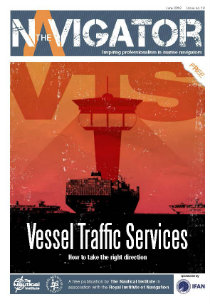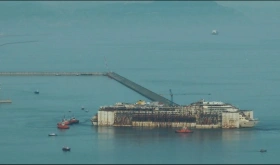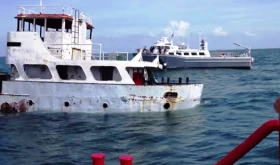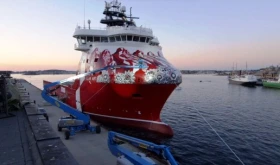As the owner or manager of a beautiful new yacht, fuel testing may not be high on your priorities; however it should be at the very top. The ability to sail safely, independently and at short notice is crucial for the modern day yacht owner and having a fuel and fuel system free from any problems at all times is essential in achieving this.
With this in mind a regular testing and monitoring program should be implemented. While there are many possible issues relating to the use of marine fuel, by far the most common and potentially most serious encountered by the yachting community is microbial contamination of the fuel and fuel system and the problems that this produces.
And how do the micro-organisms actually find their way to your vessels’ tanks? Quite simply, the presence of water, found in ampleness in a marine environment, brings the microbes in – be it through the yacht’s fuel system or through already contaminated bunkers. It is in the water phase that the microbes live, whereas they feed off nutrients from the fuel.
Microbes will always be present – problems begin when they are allowed to grow
There is nothing necessarily untoward with microbial presence in itself in a fuel system, but when it is allowed to grow through poor housekeeping on shore or onboard ship, the problems will begin. The fuel quality gets degraded due to slime-like sediments, water entrainment and oxidation.
When the contamination of the fuel is severe it is only a matter of time before the contaminated tanks will require manual cleaning of the microbial slime in order to become operational again; and it is very easy for light contamination to become moderate, and moderate to become severe if contamination is not noticed or tested for.
In case you suspect microbial contamination, there is no time to lose – samples from the drain or the bottom of the fuel tanks should be analysed at the earliest opportunity and the results will point to the most appropriate treatment for the fuel system.
Awareness is key
Microbial contamination is another one of those problems where applying preventive measures is a lot easier and less costly than fighting the consequences:
- Consistent implementation of an effective fuel system maintenance scheme will remove water and other possible contaminants from the fuel and will bring to light indications of microbial contamination at an early stage.
- Another good practice is to periodically draw tank samples to monitor microbial population growth – the frequency depends on vessel’s operational parameters; but three times per year is a good starting point.
It is important to understand that microbes’ existence in fuel and water comes naturally. Overall eradication from fuel supply chain or even from the much more controllable environment of your yacht is not fully achievable. We must learn to live with them and set the focus on restraining their growth through systematic testing and control.
This article was initially posted in LR Blogs & Opinions website and is reproduced here with the author’s kind permission.
ABOUT THE AUTHOR
 |
Sophia Themelarou, FOBAS Specialist, Marine Fuels & Environment, Lloyd’s Register |














Leave a Comment